On the passing of Gerard Houllier, Steven Scragg reflects on the Frenchman’s early years in Liverpool, and how it led to the Anfield dugout and the hearts of supporters.
We called him Ged.
Liverpool is a city that tends to look towards the sea for its influences; Liverpool is a city that flings its doors open and finds a chair at the table for anyone who needs or wants it.
A sponge of a city, it listens to stories and it absorbs knowledge, then it takes something learned and adds it to the character of the landscape. People come and go, but for those who fall in love with the city of Liverpool, they leave a part of themselves here, and in return, they take a part of the city with them.
Gerard Houllier was one such person. He made an impact in Liverpool long before he became manager of the football team that plays in red.
In the late-1960s Ged came to Liverpool, where he honed his skills as a schoolteacher, embraced the culture of the city, imbibed a drink and a conversation or two in the local pubs, and became hooked on Liverpool FC and their iconic manager, Bill Shankly.
Lest we forget that Houllier came to Liverpool in 1969, lived on Falkner Street, taught at Alsop, stood on the Kop and drank in the Royal Oak. A Scouser from Pas-de-Calais.
— Dan Fieldsend (@danfieldsend) December 14, 2020
On the left, 2nd row from the bottom. Gérard Houllier, teacher at Alsop Comprehensive School 1969-70.
During his time working at the school he first stood on the Kop In September 1969 to see Liverpool beat Dundalk 10-0. ? pic.twitter.com/nMCZVVXSZR
— Sean (@shornKOOMINS) December 14, 2020
He made his first trip to Anfield for a Fairs Cup game against Dundalk. He took a visiting friend along with him, a friend by the name of Patrice Bergues. Liverpool won, 10-0, on an evening when Ray Clemence made only his second appearance for the first team.
Bonds were formed and lasting memories were made. Peter Robinson, the Liverpool club secretary, was to become a new friend, and when Tottenham were in search of a new manager in succession to Peter Shreeves, in 1986, Robinson suggested Houllier to his White Hart Lane counterpart.
Tottenham appointed David Pleat instead, and to be fair to him, he put a very good team together that should have won something in 1986/87.
Ged had just taken Paris Saint-Germain to their first-ever French First Division title, in 1985/86, just as Kenny Dalglish was leading Liverpool to the league and cup double.
Prior to PSG, he had already caused a stir in the lower divisions of the French domestic game, before lifting Lens into the top flight and onward into European competition.
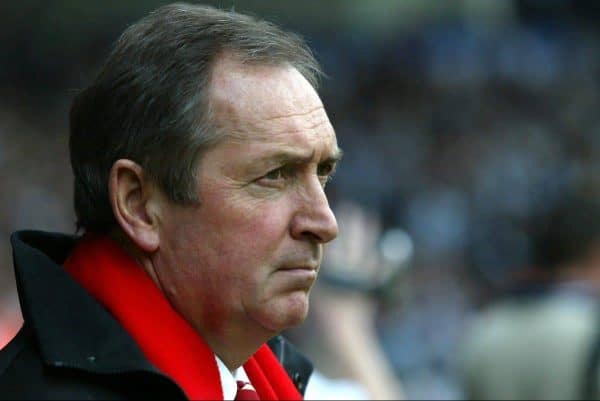
Falling into the employment of the French Football Federation in 1988, he took up the positions of technical director and assistant to Michel Platini, when he was brought in as the head coach of the French national team in succession to Henri Michel.
And so started a 10-year odyssey that stretched from the founding of a national centre of football development at Clairefontaine to World Cup glory at the Stade de France in 1998, via his own spell in charge of the national team for the qualifiers for the 1994 World Cup.
The biggest disappointment of his career, Ged failed to take France to USA ’94, undone by a succession of misfortune.
While the dream was ended in a feud-inducing last-minute goal, conceded in the last qualifier at the Parc des Princes against Bulgaria – the outcome of which forever pitted Ged and David Ginola as arch-enemies, after the future Newcastle, Tottenham and Everton star gave possession away only to see the ball swept down the other end and into the France net – it had only come to such a knife-edge situation because of last-minute goals conceded in previous qualifiers against Sweden and Israel, too.
While it would have been easier for Ged to walk away from the French Football Federation at that stage, he instead sunk further into his commitment, dedicating his focus to the technical director role, and overseeing the under-18, and under-20 age groups, while Aime Jacquet came in to lead the senior team.
It was within the glow of World Cup glory, partly powered by the first generation of graduates from Clairefontaine, that Ged was coaxed to Anfield, initially into a misguided co-managership with Roy Evans.
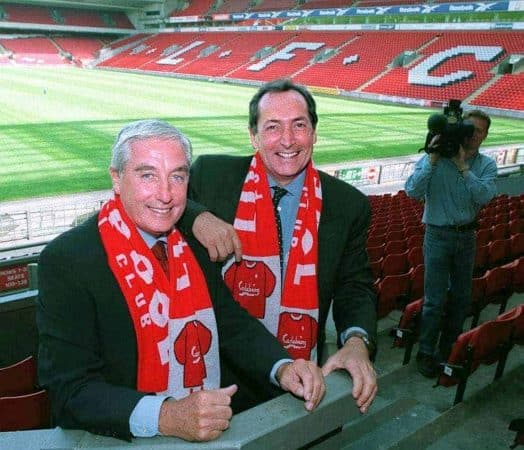
Evans had come close to leading Liverpool back to the promised land, but frustration had kicked in.
League Cup success in 1995 should have been a springboard to further glory, but the loss of the 1996 FA Cup final, followed by the meek finish to the 1996/97 title race and the European Cup Winners’ Cup semi-final defeat, ironically to PSG, were all heavy body blows.
Even the third-placed finish in the Premier League in 1997/98 felt like a sidestep at best.
Within this, Evans was massively unfortunate. These were days when third and fourth didn’t gain you Champions League qualification, and the importance of being in it was growing exponentially, year-on-year.
In many ways, Evans’ style of football was markedly more expansive than that of Ged’s, who insisted on a more rigid framework compared to the flexibility and freedom Evans gave his players.
What Ged did, however, was that he went to war on the remnants of the drinking culture and Spice Boys ethos that still swirled around the club.
Combined to the work of Arsene Wenger at Highbury, these two figures, often mocked as professorial in their approach to the game, instigated a systematic change in English football that paved the way for what we see today.
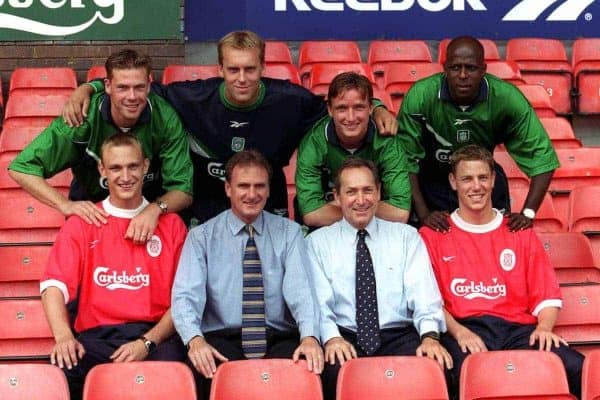
Ged took the reigns in his own right after Evans departed, the latter feeling he had been dealt an impossible hand. A ruthless vision emerged, and in the summer of 1999, among a raft of others, Paul Ince and David James were ushered to the exit door, while Steve McManaman couldn’t be persuaded to stay.
Inward bound came Sander Westerveld, Stephane Henchoz, Vladimir Smicer, Titi Camera, Erik Meijer, and most impressively, Sami Hyypia and Dietmar Hamann, where they were allied to young domestic talents such as Jamie Carragher, Dominic Matteo, Jamie Redknapp, Danny Murphy, David Thompson, Robbie Fowler, Michael Owen and the fast-developing Steven Gerrard.
While some would stay the course, others would drop away. Gary McAllister was brought in, to many an eyebrow initially being raised, while Emile Heskey arrived for a club-record fee. Markus Babbel’s signing was a major boost, while everybody was delighted when Ged snared Jari Litmanen.
Christian Ziege felt like a significant signing, but failed to make an impact, Nick Barmby’s move from Everton caused a meltdown at Goodison Park, and Igor Biscan was plucked from under the noses of a multitude of Europe’s great and good.
After narrowly missing out on Champions League qualification in 1999/2000, Liverpool stormed to their League Cup, FA Cup, and UEFA Cup treble the following season.
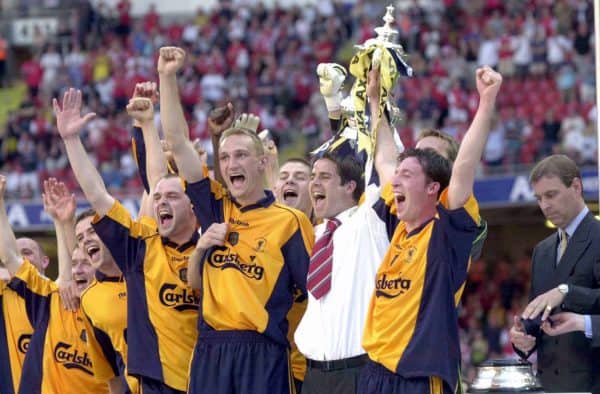
I didn’t make it to Dortmund, but I was at both the League Cup final and FA Cup final, as we christened the new ‘Anfield South’ in fine style. That comeback against Arsenal was simply one of the greatest days I’ve ever had watching Liverpool.
Beyond that mad UEFA Cup final just four days later – something reached via a thunderous but often forgotten semi-final against Barcelona – Ged took Liverpool to Charlton, where a 4-0 victory propelled us into the Champions League. It was the cherry on a cake that began to rise with a 44-yard free-kick, deep into injury time at Goodison on Easter Monday.
You’ll have seen the footage over and again during the last 24 hours or so. Trophies aside, McAllister’s winner in the derby is the most emblematic moment of Ged’s time at the club, and it is matched by his reaction – because it is the way we all felt as that ball evaded the desperately outstretched hand of Paul Gerrard and crept inside his right-hand post.
On the crest of a wave, 2001/02 represented an attempt at the Premier League title and the Champions League, but with Liverpool just starting to find their range after a sluggish opening to the campaign when Leeds came to Anfield in mid-October, the club was thrown into turmoil.
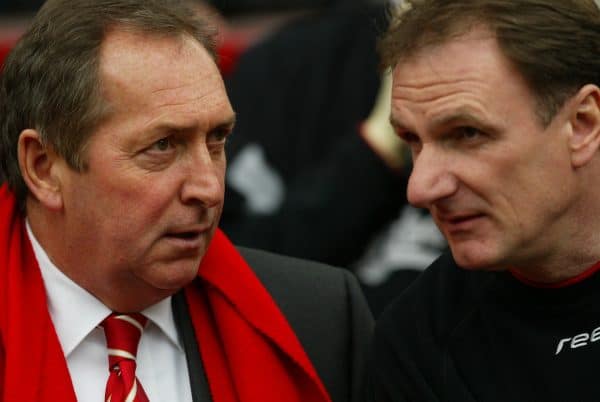
Complaining of chest pains at half-time, Ged was spirited away to hospital, from where he was transferred to Broadgreen, where a risky but life-saving operation on a dissected aorta was swiftly performed.
Phil Thompson took control in Ged’s absence, and Liverpool’s players initially raised to the occasion, dragging themselves into the title race and cruising through to the second-round group stage of the Champions League.
Soon the momentum began to slow, however. Fowler was sold to Leeds, the void eventually filled by the loan arrival of Nicolas Anelka. Liverpool suffered a run between mid-December and mid-January where they won only one Premier League game in nine, and along with that poor run, winter brought Champions League struggle and an FA Cup exit at Arsenal.
A 1-0 victory at Man United turned the tide, with Murphy again the hero. Of Liverpool’s last 15 league games, they dropped just five points, but the damage had been done during that shocking run between December and January.
Ged returned, on March 19, for the make-or-break Champions League encounter with Fabio Capello’s Roma. Anfield went ballistic. I was in the Lower Centenary and had no idea until I heard it on the car radio on the way home.
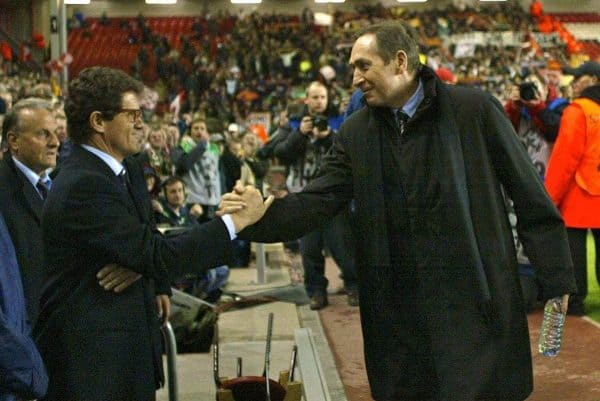
We got the victory we needed to reach the quarter-finals, but it was an ill-advised decision by Ged to be in attendance, a decision that he later agreed was pretty irresponsible.
In a way, the fact that the Roma game felt like the final itself, the prize being the return of Ged, arguably helped derail us in the last eight against Bayer Leverkusen.
So, European Super Cup and Charity Shield aside, we ended the campaign empty-handed, but still with the hope of a bright future. Ged was back, and Anelka was ours to sign.
The summer of 2002 happened, though.
Ged passed on the open goal of signing a very receptive Anelka, instead opting for El Hadji Diouf. This turn of events was added to by the purchases of Salif Diao and Bruno Cheyrou, plus the departure of Litmanen.
Then there was the flirtation with signing the controversial Lee Bowyer.
It all felt like an accident waiting to happen, and despite a good start to the 2002/03 season the wheels fell off spectacularly as soon as our unbeaten run ended at Middlesbrough. This was compounded by an early exit from the Champions League.
Another League Cup final was won, but this was a Liverpool that was suddenly looking very tired and stale, lacking in ideas. Champions League qualification was lost on the final day, at Chelsea, on a miserable afternoon.
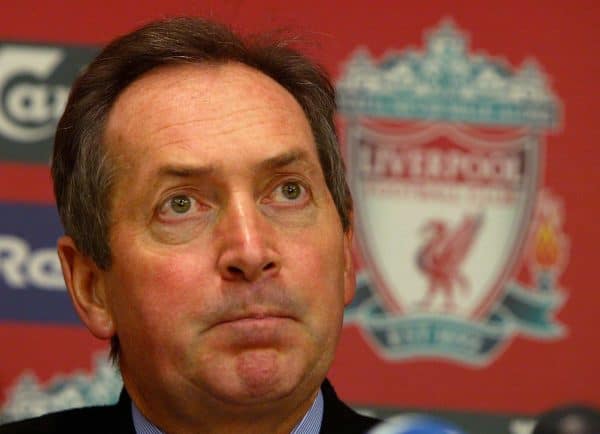
While the rumblings grew that Ged shouldn’t have come back after his brush with death, that he should have kicked back and taken it easy, others felt he had earned a poor season.
Harry Kewell was signed from Leeds, and it was an arrival that was universally approved of, but Liverpool started the new season just as they ended the previous one, with a 2-1 defeat at Stamford Bridge.
By Christmas, Liverpool had won just six times in the Premier League.
With goodwill in increasingly short supply, Ged’s last act as Liverpool manager was to secure Champions League football for the 2004/05 season – from which his successor, Rafa Benitez, went on the win the tournament.
Those last 18 months in charge at Anfield were polarising ones for Ged. On the pitch, at a defined fork in the road in the summer of 2002, he took the wrong path, and how much of that was shaded by his experiences in the operating theatre of Broadgreen can only be guessed.
After taking a year out of the game, Ged returned at Lyon, where he added two more French First Division titles to his list of honours, also leading the club on a couple of decent Champions League runs.
Despite the bumpy end to his time as Liverpool manager, time healed and he would be seen at Liverpool now and again, unable to give up on his love of the club.
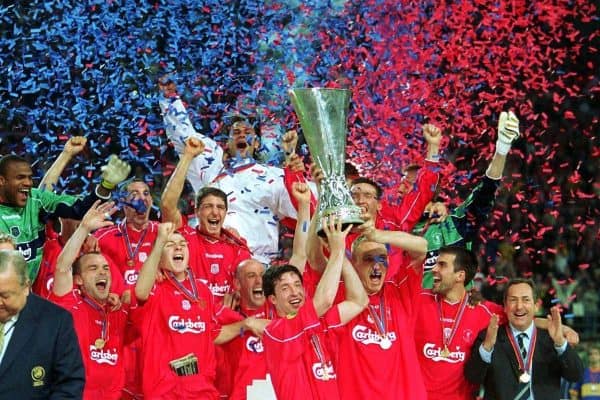
From the supporters’ perspective, the rough times were forgiven, the good times cherished, while the way we turned on him towards the end has to be accepted for what it was, a frustration that he turned Liverpool into something wonderful only to let it carelessly melt away.
The way he was treated at times leaves an uneasy sensation, and I put my hands up to having subscribed to much of it.
At the peak of his powers, however, Ged revolutionised Liverpool FC, returning silverware of substance to the club, and making an indelible imprint on its history, especially in 2000/01.
Ged’s work laid the foundations for the Liverpool of today to thrive. A conduit who brought new thinking to Anfield and married it with the values of the past. A concept that lives on in the guise of Jurgen Klopp.
We were blessed to call him one of our own.
Sleep well, Ged.
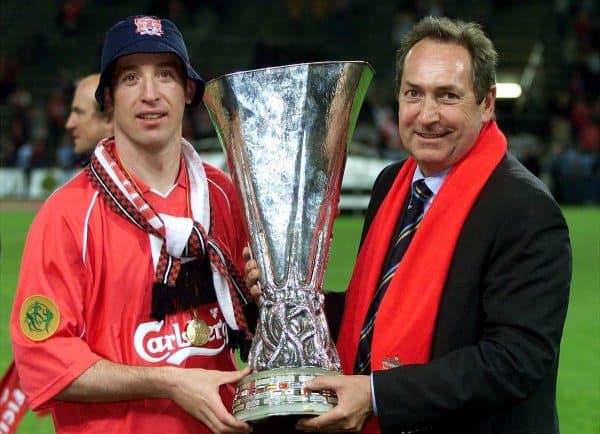

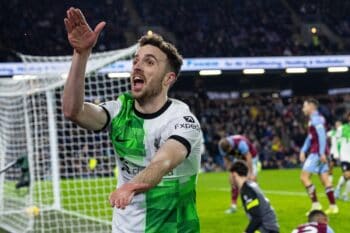
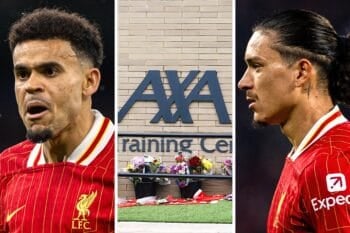
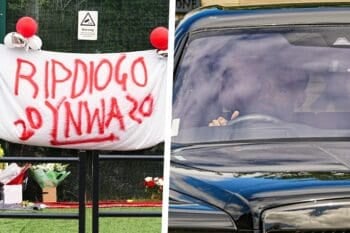
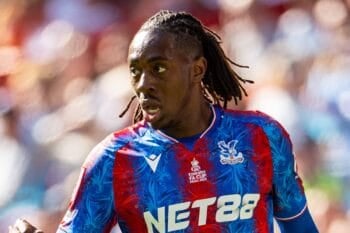
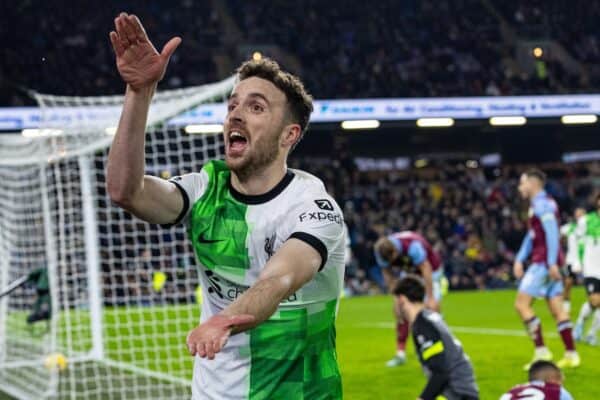
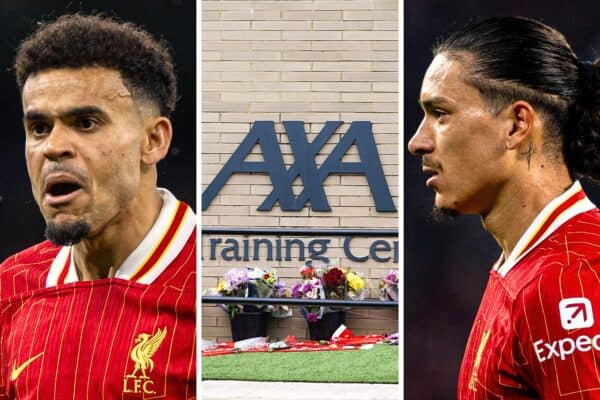
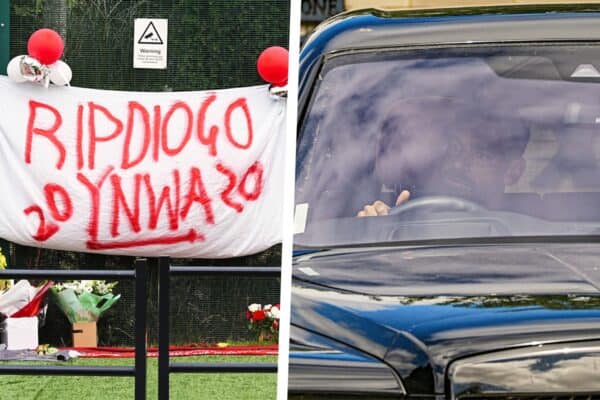
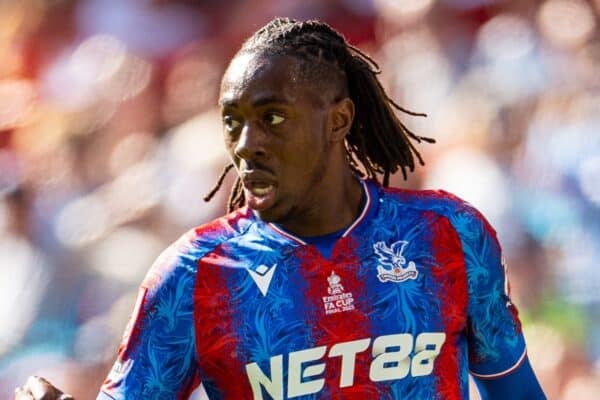
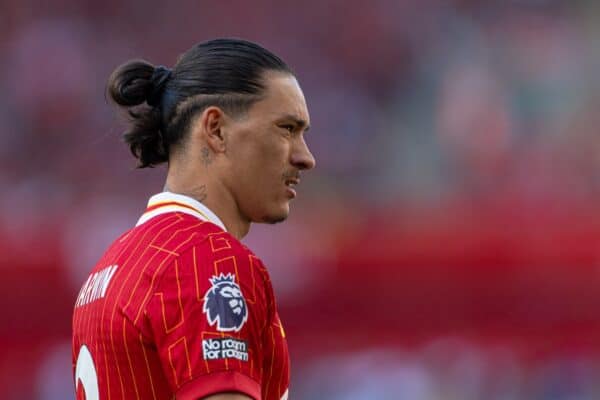
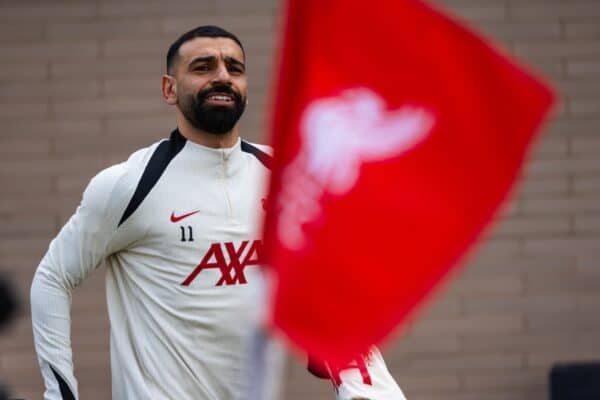
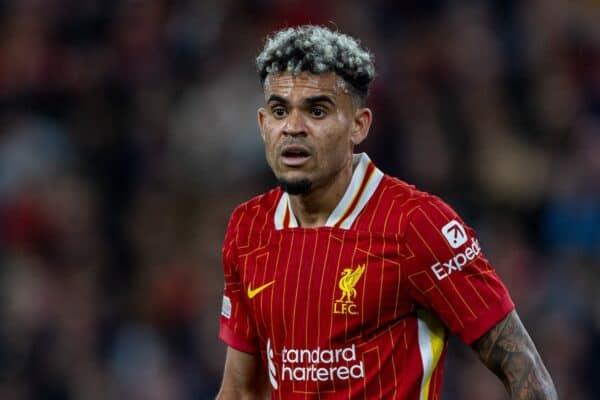
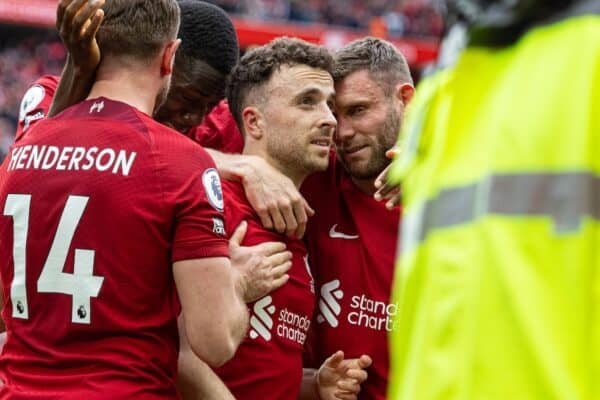




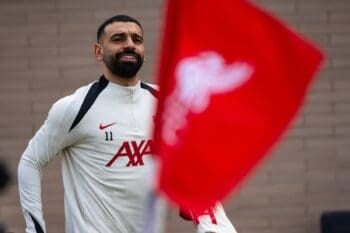
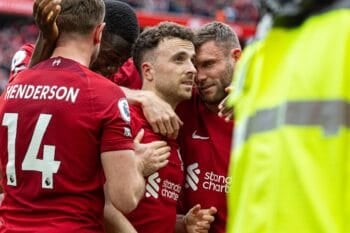
Fan Comments